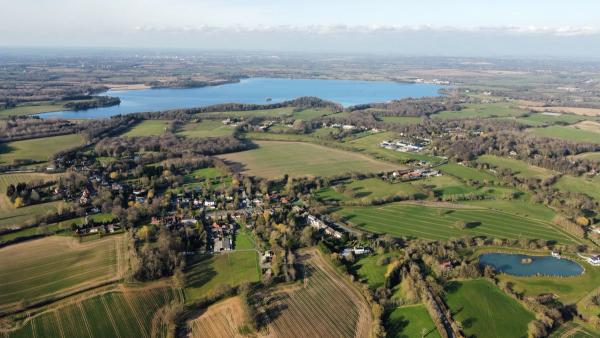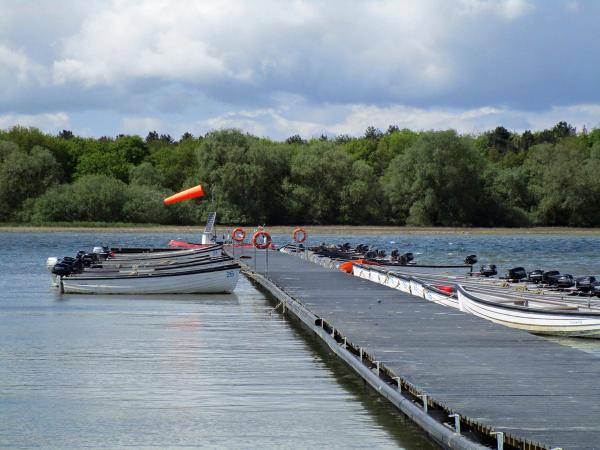New Reservoirs Water Transfers
Reservoirs are a relatively low risk investment by water companies, which can add considerable resilience to a supply network through the addition of significant water storage. They are also great sites for nature and biodiversity such as nightingales and even ospreys. There is an approximate development time lag of 10-15 years to build a reservoir and get it up and running, but they are a tried and tested option with known carbon impacts which can be managed.
In the Water Resources East (WRE) Regional Water Resources Plan, two new reservoirs in Lincolnshire and Cambridgeshire are considered ‘low regret’ options for building water supply resilience in the East, together with a further, smaller new reservoir in North Suffolk. The Lincolnshire and Cambridgeshire reservoirs will supply a combined 253ml/d output in the region when they are finished, feeding 625,000 households with water.
New pipelines to transport water between areas are also planned. Anglian Water are laying 550km of transfer pipeline between 2020 and 2025 to move water from areas of surplus to those in deficit.
Water transfers are not new: one of the most well-known existing transfer systems supplying Essex is the Ely Ouse Essex Water Transfer Scheme. This Scheme takes surplus water from the Ely Ouse river in Norfolk, which is diverted at Denver into a purposebuilt channel, and then transfers it by pumping it from there through a series of pipelines into Essex. You can read more about the scheme in the Cam and Ely Ouse Abstraction Licensing Strategy (ALS).
Find the Public Water Supply marker to read more about new reservoirs and water transfer plans in your water company Water Resource Management Plan (WRMP).


